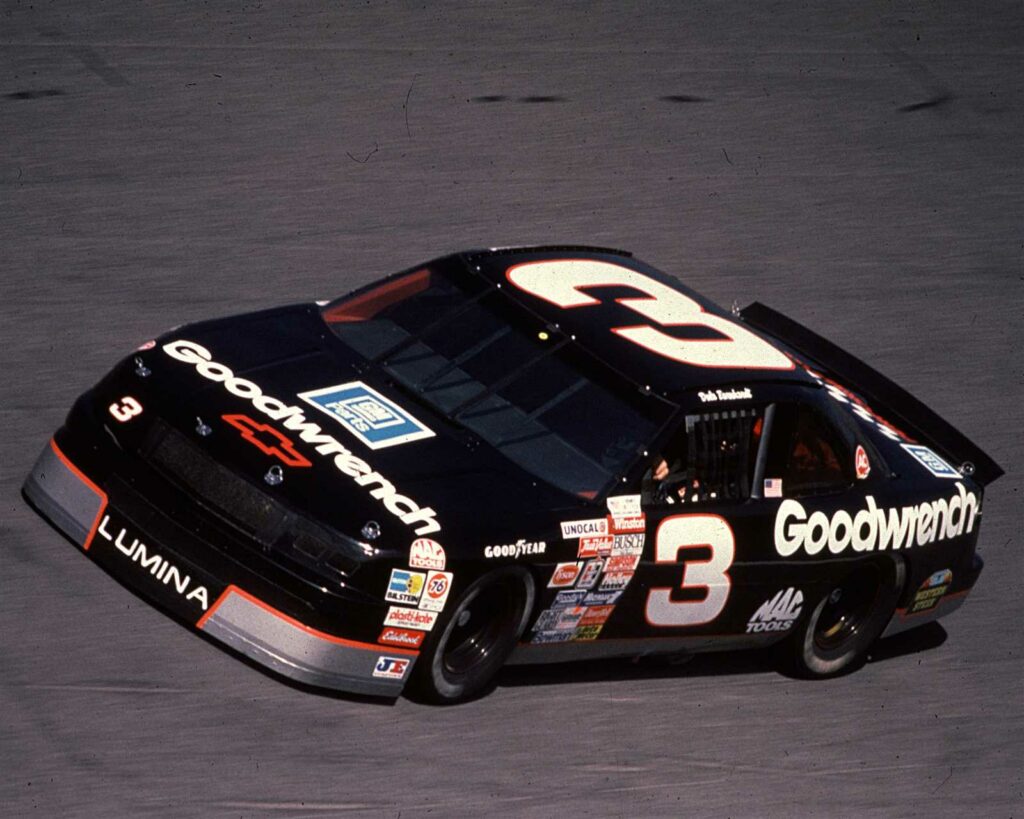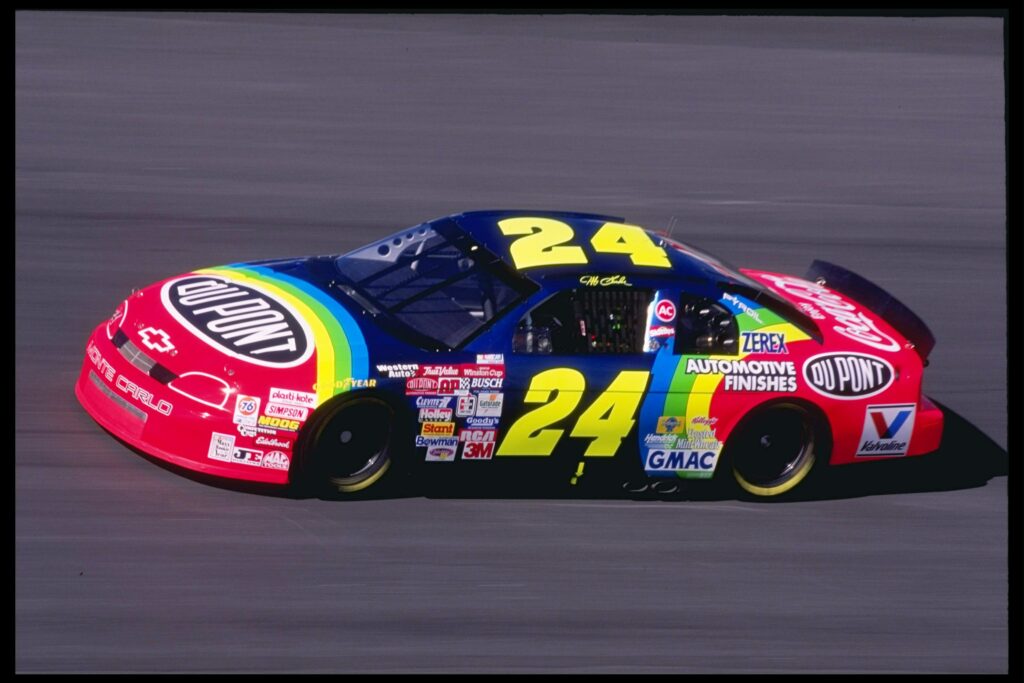NASCAR as a sport, even to this day, is defined partly by its “separate breed” of athletes which partake in. Even with regards to other motor sports, the drivers of professional stock car racing are noticeably different than their peers in the less contact heavy forms of motor racing. This departure from the usual allows for some interesting characters, some of which have with very interesting names, to not only participate but rise to the top of the sport. Dale Earnhardt Sr. and Jeff Gordon represent two of the men to accomplish such a feat, but more importantly, they acted as foils to one another, at least on the track that is.

Earnhardt was, and still is, in many peoples eyes not only one of the best NASCAR drivers to ever live, but one of our nations greatest professional athletes, with some even going far enough to say that he may have been the greatest racing driver ever (supported by Earnhardt’s relentless domination of the International Race of Champions, where he would be pitted against the top F1, Indycar, Rally, Touring Car, and other NASCAR drivers from around the world). He never was the fans favorite though, that title belonged to “Awesome” Bill Elliot who unlike the blunt and brash Earnhardt was rather soft spoken and regularly seen chatting up fans. Though not always popular his driving was a spectacle unlike any other as Earnhardt learned his signature “bump and run” style from his late father Ralph who was quite the dirt track maestro in the Carolina’s. Dale never unlearned this technique and used it to the day he died which inevitably led to other drivers eventually dubbing the man in black the “Intimidator,” as if you were unfortunate enough to be in front of the number 3 Chevy you’d either get out of his way or he’d move you out of the way. A lesson many young drivers quickly learned early in their careers, one of whom was Jeff Gordon.

Unlike Earnhardt who acted more as a man possessed behind the wheel, Gordon was the young buck whose success came from his technical finesses rather than bravado driving. He’d usher in, to many fans disapproval, the modern era of the sport, one which is littered by corporate sponsors and is “meant to” resemble a more European style of motor sport. Though how much influence European motor sport did have on NASCAR is debatable, one thing which wasn’t was the clear cut difference between Earnhardt and Gordon. Ironically, their paint schemes highlight their differences better than any other, with the younger Gordon rocking the “Rainbow Warrior,” and the seasoned veteran Earnhardt sporting his iconic all black ride with silver and red pin striping, which is rumored to have been inspired by Darth Vader himself.
These two rarely, if ever, got along on track which was to be expected from two of the largest egos in the sport at the time, however off the track any perceived hostility between the two came from a teasing manner which all drivers have with each other. Funny enough, it would be Earnhardt who would mentor many of these young drivers including Gordon and help them early in their careers get their footing with sponsors, press, and the daunting transition into their new way of life. The public’s perception of both Earnhardt and Gordon unsurprisingly stem from their behavior on the track and rarely translated to real life. There is no better example of this difference between the man and the persona than Earnhardt, The Intimidator, but also a man deeply devoted to none other than Saint Jude’s Children Hospital where he’d frequently visit and always make sure had enough money. Jeff Gordon also holds his “adversaries” devotion to giving back, so much so that after the death of Earnhardt, Gordon would build his own children’s hospital to “one up” his late mentor, but more importantly, honor his legacy.
Sport, regardless of what it is, creates a mask in which athletes must wear on the field or track, this mask is what the public generally sees, knows, and is drawn to. Those who appear rivals might be friends, and those who appear friends might be rivals. The old and the new always at odds as the sport continues to evolve, and the public’s perception of the athletes evolving with it. It is important to understand these personas, but in my eyes, to be a true fan of a sport, you must also understand that these athletes are more than what their field, track, pitch, or whatever else confines them as, they are people, and at the end of the day, they really aren’t much different from you or I.